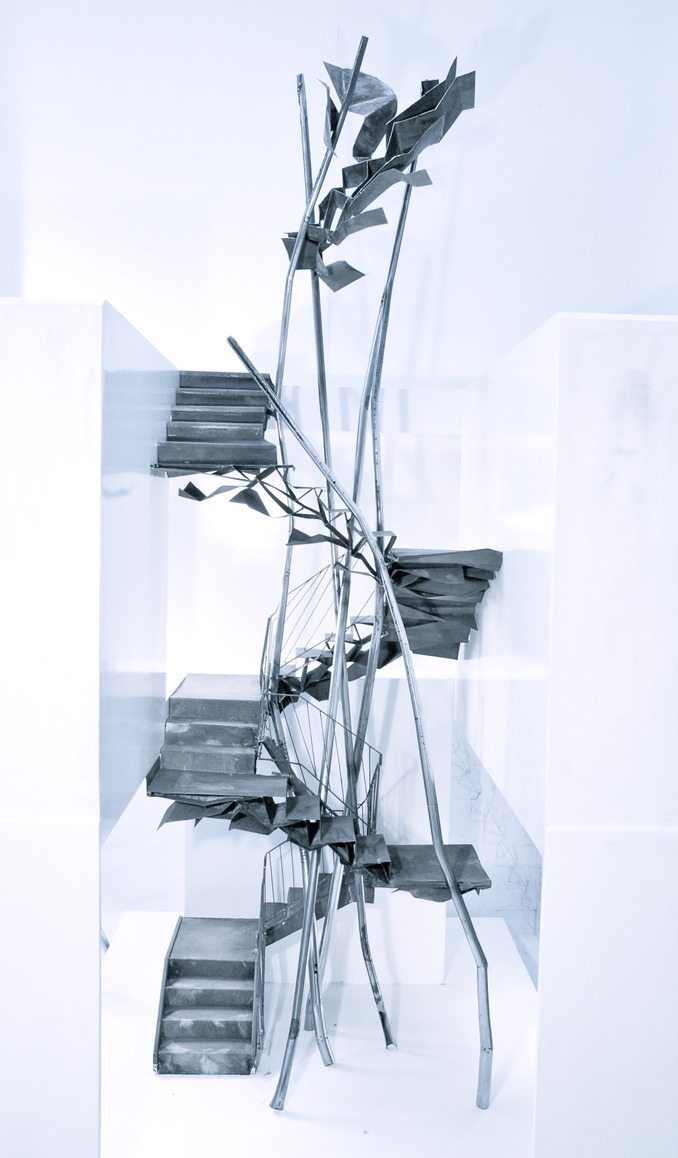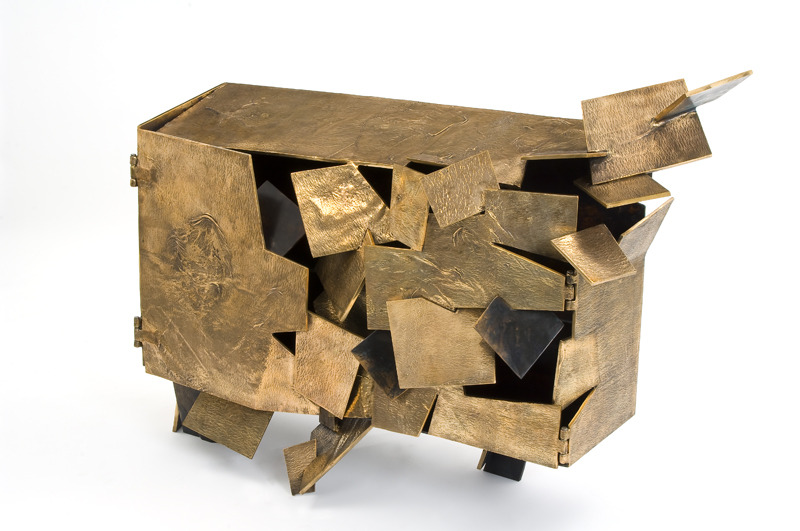Artist Bio: Vincent Dubourg
Vincent Dubourg (b. 1977) is a French artist whose sculptural furniture reimagines traditional craftsmanship through a contemporary lens. Born in the Paris region, Dubourg currently resides and works in the Creuse region of France, while maintaining a strong connection to the vibrant atmosphere of the City of Light.
His artistic journey is marked by a dynamic interplay between rural tranquility and urban energy, each influencing the essence of his creations. Dubourg’s work transcends conventional boundaries, blending nostalgia with innovation as he explores the intersection of form and function.
Drawing inspiration from a diverse range of influences, Dubourg seamlessly melds materials and techniques to breathe life into his creations. Blurring the lines between furniture and art, he infuses his pieces with a sense of motion and whimsy, challenging the static nature of traditional design.
For Dubourg, furniture serves as a canvas for exploration, a means to probe the depths of artistic expression. Influenced by constructivism and brutalism, his creations transcend mere utility, inviting viewers to reconsider their relationship with space, architecture, and everyday life.
Dubourg’s distinctive oeuvre encompasses a rich tapestry of themes, from the enigmatic Vortex series to the thought-provoking Gaïa imprint. Each piece serves as a gateway to the extraordinary, transforming the mundane into the extraordinary through a lens of ambiguity and intrigue.
His work has garnered international acclaim, with pieces housed in prestigious institutions such as the Museum of Arts and Design in New York and the Victoria and Albert Museum in London. Through his innovative approach to furniture design, Dubourg continues to push the boundaries of artistic expression, inviting audiences to embark on a journey of discovery through the realms of the imagination.
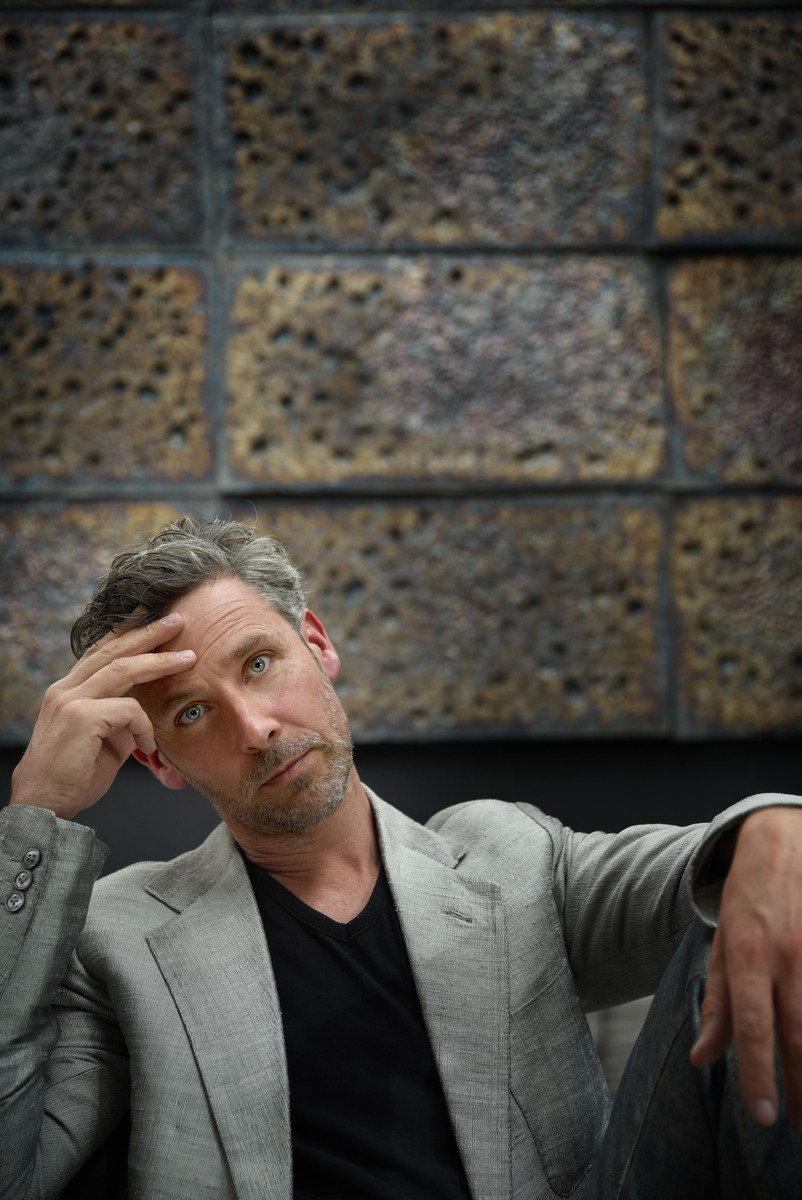
An Interview with Vincent Dubourg
By Carol Real
How does the intersection between rural and urban environments shape your artistic process?
I perceive the rural environment as the sturdy foundation supporting the pavement of our bustling citadels, offering its inherent richness. Rather than viewing this relationship as a duality, I find immense inspiration in immersing myself in these contrasting worlds. Primarily, I relish the opportunity to step back and perceive one through the lens of the other, and vice versa. I liken the inseparable rural and urban worlds to a metaphorical brain–one akin to the analog right hemisphere, characterized by visual and intuitive elements, and the other to the left hemisphere, often associated with logical and rational reasoning, akin to simplified rural life. These observations fuel my social critique and offer an abundant wellspring of cultural richness. I perceive poetic dialogues between them, uniting their essence. I couldn’t envision my creative process without the desire to intertwine these two worlds, which serve as the cradle of our civilizations. However, despite this apparent contradiction, I staunchly opposed the dissolution of these distinct realms.
Can you elaborate on the significance of maintaining a strong connection to the rural region of Creuse and the City of Light in your work?
I value the impact of the serene atmosphere of the Creuse countryside on my artistic development, just as I cherish the anonymity and tranquility of my urban cultural excursions, which ignite my creative drive. Since my youth, I’ve sought to regard these two locales as my creative playgrounds. Continuously engaging in exploration, these two sources of inspiration shape and animate my creative vision. This vision manifests in my work as a response to societal stagnation, catalyzing renewal through various artistic forms at my disposal.
Your art is often described as generous and brilliant. How do you infuse these qualities into your creations?
I interpret the term “generous” as referring to the diversity of my work, encompassing various materials and mediums that contribute to the creation of sculptural furniture within the realm of functional art.
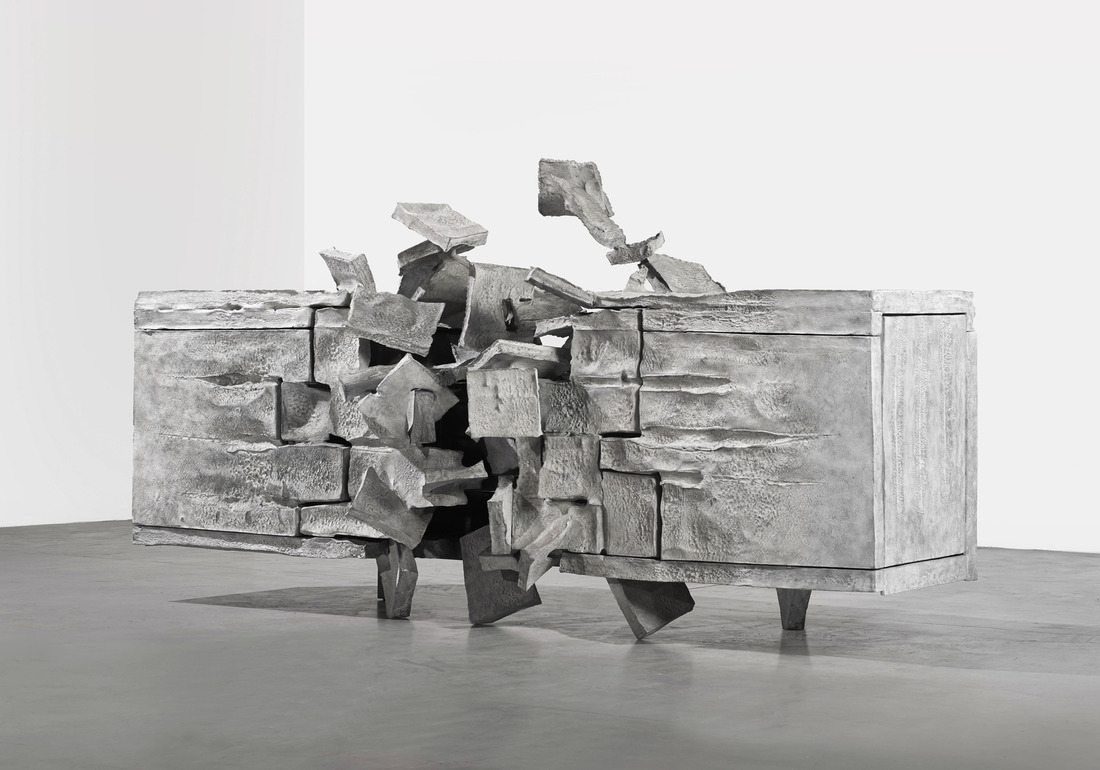
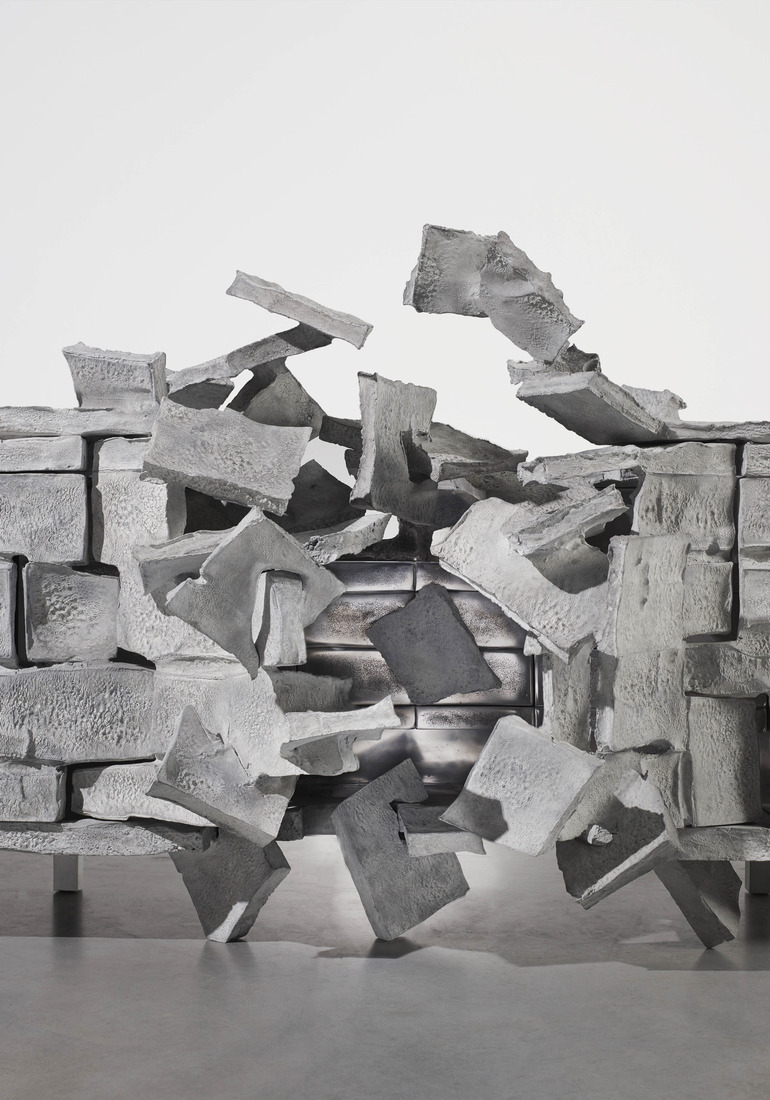
You mentioned considering art as a game to share. Could you elaborate on what this means to you and how it shapes your work?
Art is a playful interaction among the elements of being, space, and volume. It embodies a spiritual journey manifested through sculpture, transcending mere form and function. This “game” invites an exploration of the unpredictable, pushing boundaries of the unknown, navigating uncharted territories, and discovering hidden depths. It involves the manipulation of perception, inviting viewers to engage, interpret, and ultimately connect through tactile and visual experiences.
In 2005-2006, you were commissioned by the Museum of Hunting and Nature. How did this experience shape your artistic journey?
This question is pertinent. After installing the piece and observing the initial visitors meandering through, questioning the work against the backdrop of the surroundings, it became clear that the sculpture needed to integrate with the architecture and facilitate tactile interaction for the curious visitors. Why not even allow them to sit in the work itself?
Your approach to furniture transcends mere functionality to delve into the realm of artistry. Could you elucidate the philosophy underpinning this approach?
Furniture acts as both a canvas and a conduit for my creative expression. It serves not only as a utilitarian object but also as a portal that seamlessly integrates art into our everyday lives. While art may seemingly exist beyond the tangible realm and lack a clear purpose, I embrace the notion that it can profoundly influence the architecture of our existence. Merely observing a sculpture or painting isn’t sufficient to fully engage with it; one must connect with it on a deeper, visceral level. I often envy musicians for their ability to evoke such profound sensations through sound vibrations. However, imbuing sculptural forms with functionality poses a delicate balance. There’s a risk that the fusion of form and function may blur the line between artistry and mere furnishings. Perhaps bridging this gap requires a combination of cultural education and the passage of time.
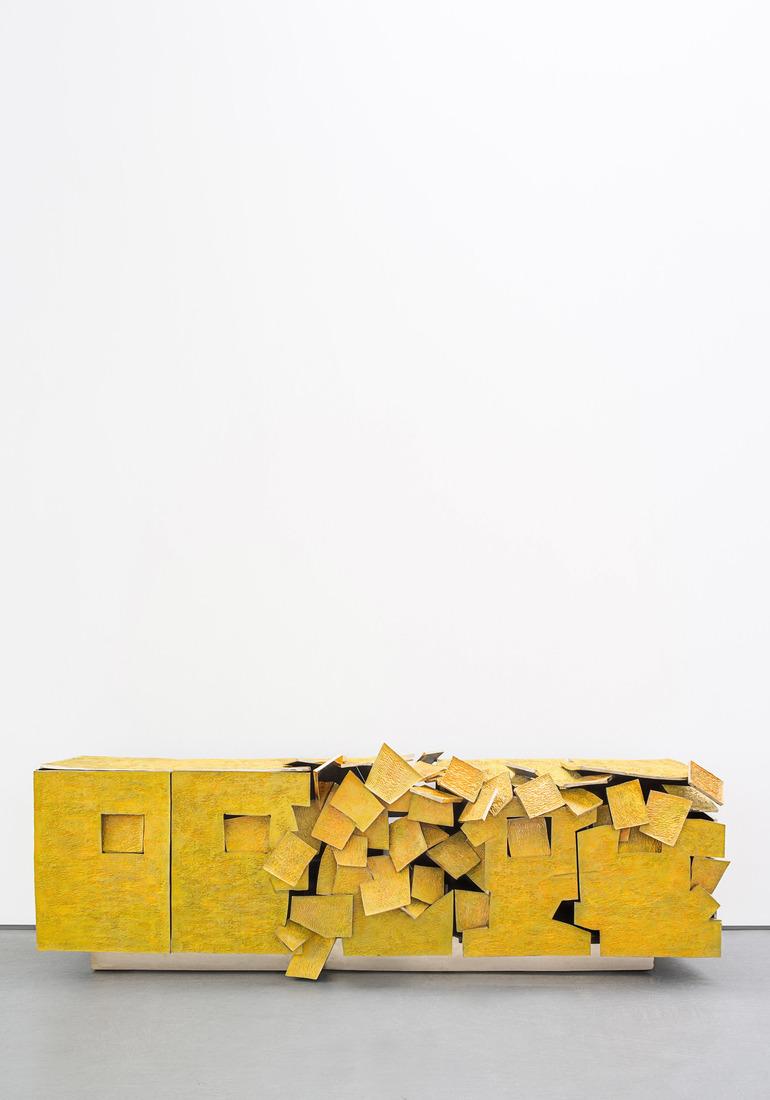
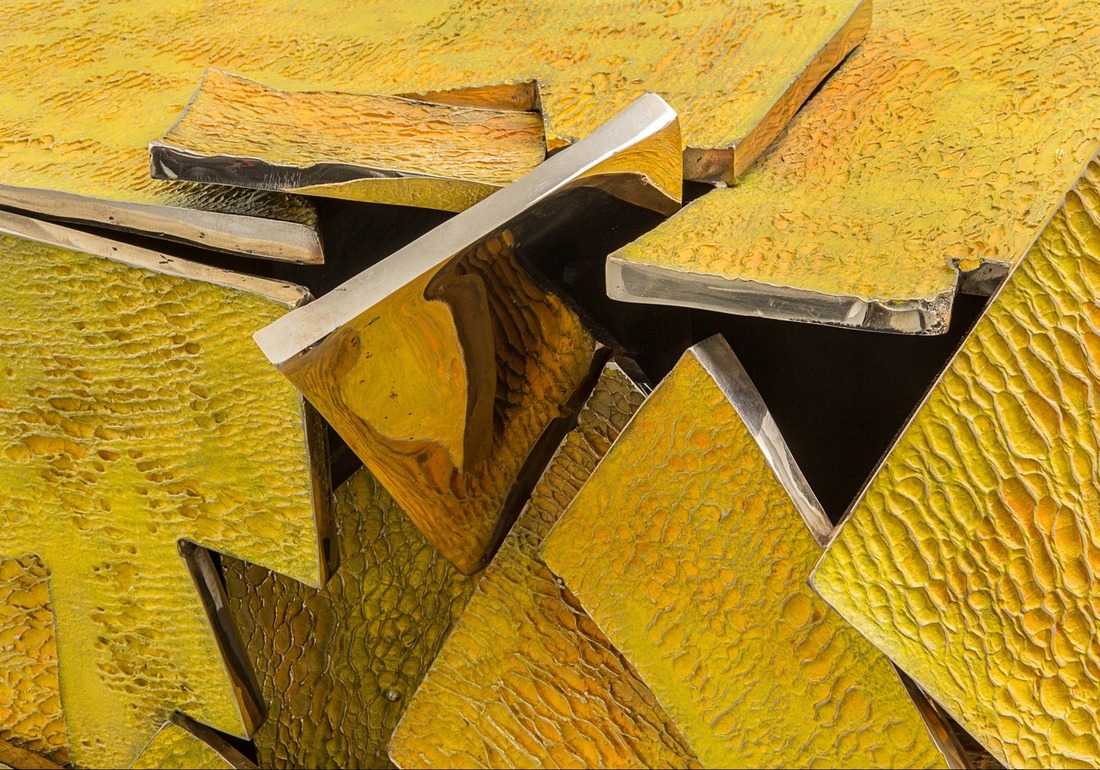
What attracts you to the idea of turning everyday items into artistic creations, infusing them with a sense of poetry and beauty?
We’ve witnessed this phenomenon throughout different civilizations and across time. Whether it be ethnic tribes, the Incas, or the era of the pyramids, the fusion of functional objects and art has been a constant. Since the earliest encounters between Neanderthals and functional objects, we’ve continually infused emotion and aesthetic rigor through craftsmanship. In my practice, I seek to enact the gestures that shape life. I refrain from making judgments about whether an object is aesthetically pleasing or beautiful, but rather, I believe that life’s beauty emanates from our existence. In essence, I cherish imbuing vitality into my creations, letting the viewer determine whether the object’s life renders it aesthetically beautiful.
Your art is described as a journey in the in-between. Could you expand on this idea and how it manifests in your creations?
The in-between’ serves as the manifesto of the creative mind, akin to a well where one dips their bucket to quench their thirst for vision. It represents the interstitial space between concepts, the liminal zone where ideas collide and intertwine. In my work, I strive to highlight this invisible realm or chaos, sketching the silhouettes of the in-between worlds within the tumultuous canvas of my creations.
Your conceptual twists add a surreal element to traditional craftsmanship. How do you balance innovation with your dedication to perfection?
I strive to effectively communicate and translate my thoughts into a play of form. While this exercise may be more complex than manipulating language, it grants the freedom of interpretation and the tactile pleasures of touch.
What role does symbolism play in your work, if any, and how do you incorporate it into your designs?
If there is a desire for symbolism in my work, it would manifest through the names I assign to the pieces, often evoking themes of the divine, temples, and the grandeur of existence.
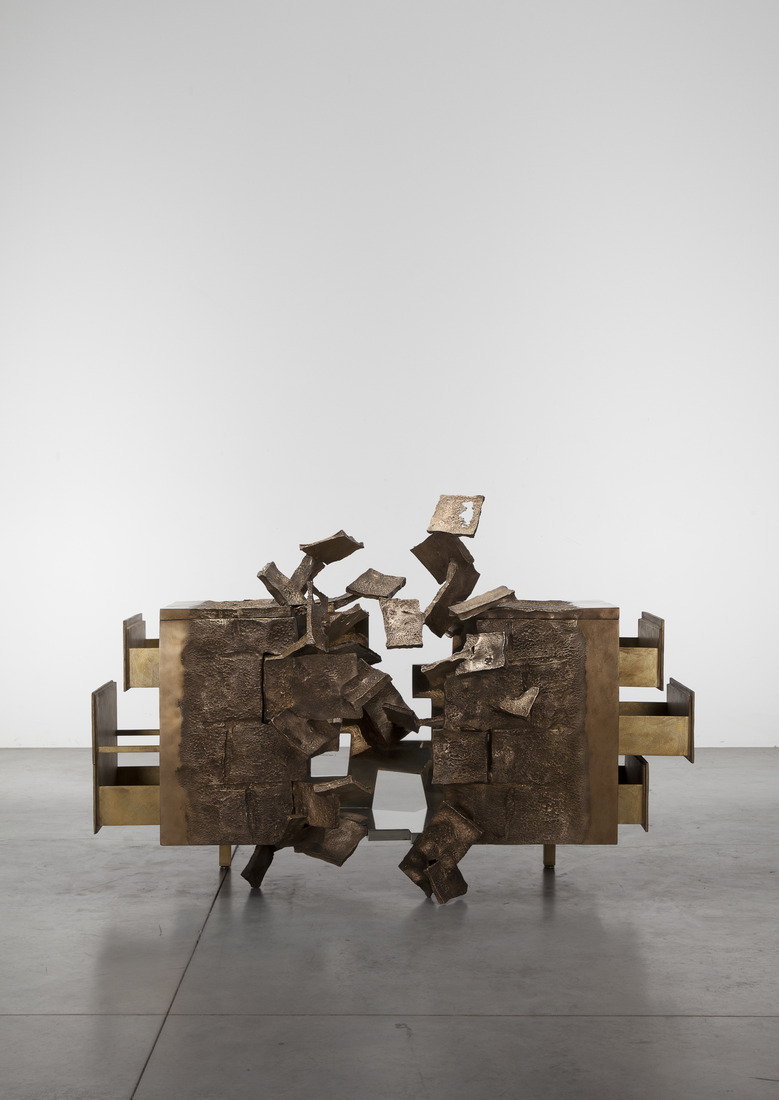
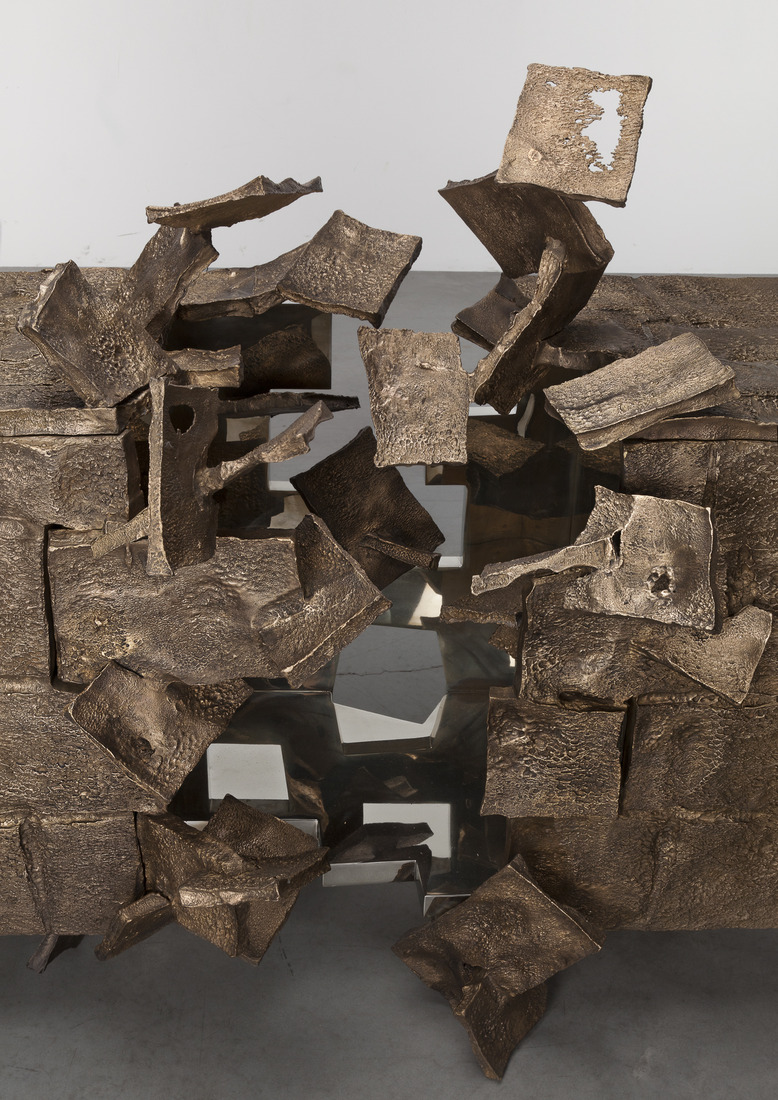
How do you balance artistry and functionality in your sculptural furniture?
The unique materials, textures, and forms I utilize inform my choice of functions that best complement the intended purpose. I frequently navigate the fine line between supporting the artistic aspect of the work and ensuring its practical functionality.
Can you describe specific challenges you have encountered while experimenting with materials and techniques in your art?
There are always challenges when delving into unfamiliar practices. Being self-taught in learning techniques grants me the freedom to blend knowledge, yet mastering the art of fire presented the most formidable challenge. I recall crafting a pressure cooker measuring 3 meters long and submerging branches into boiling flames. Amidst infernal steam upon their removal, I battled against time to twist the branches before they softened, solidified, or broke. This process of bending through force and constraint led to my initial exhibitions in India, marking the onset of challenges with materials. From working with steel, resilient against gravity for staircase construction, to projects involving burning over 20m x 3m of origami-folded paper in a foundry, or creating a monumental 5-meter ceramic door within three months, each endeavor presented its unique hurdles. For instance, the clay necessitated prolonged drying time before firing, for an event at the Ca’ d’Oro Palace in Venice.
You combine traditional furniture-making methods with modern materials and techniques. What drives you to explore this juxtaposition of the old and the new?
I couldn’t move forward and explore while ignoring what has built us. The strength of our species is also in utilizing what has already been accomplished to propel the present towards the future.
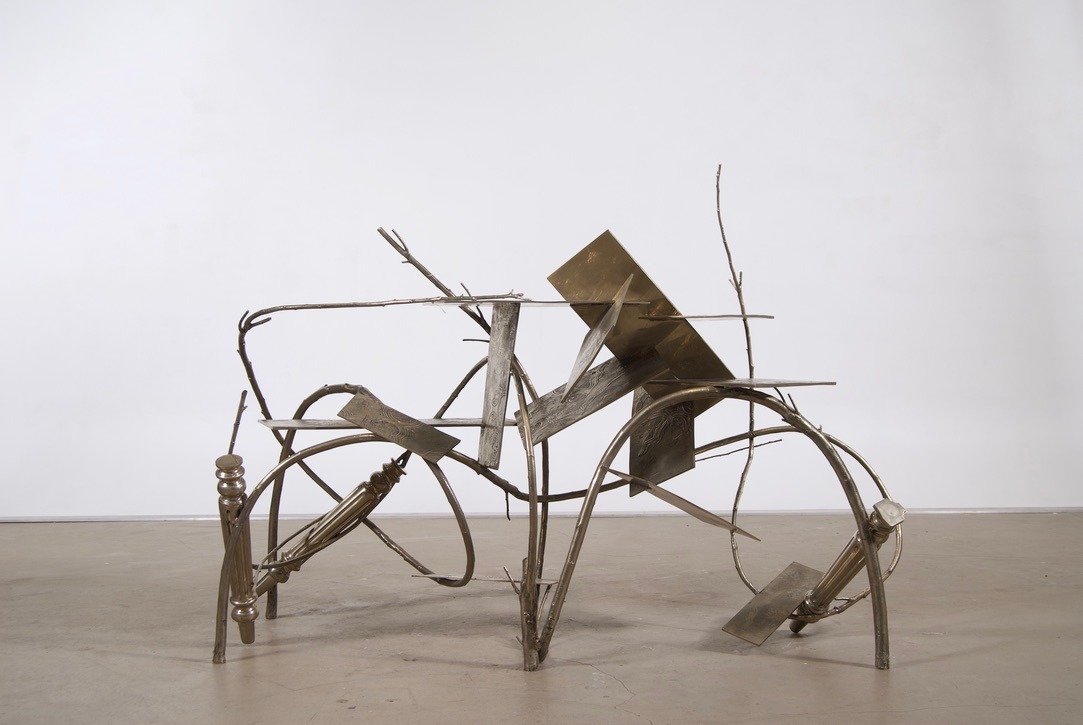
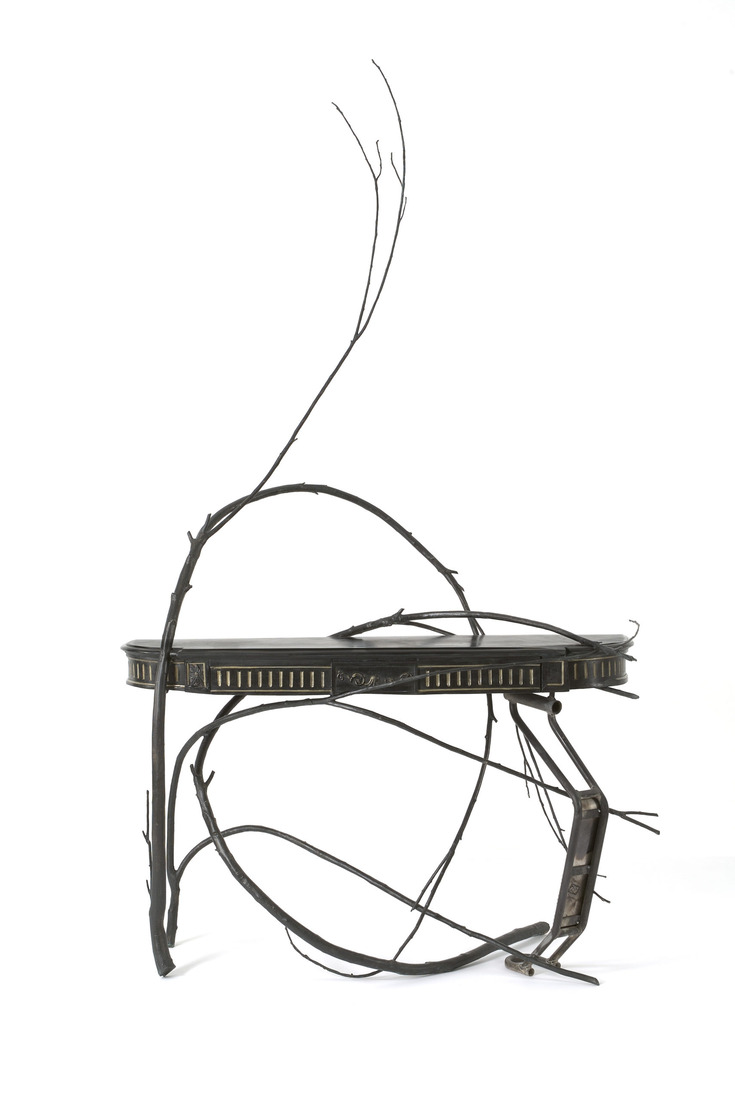
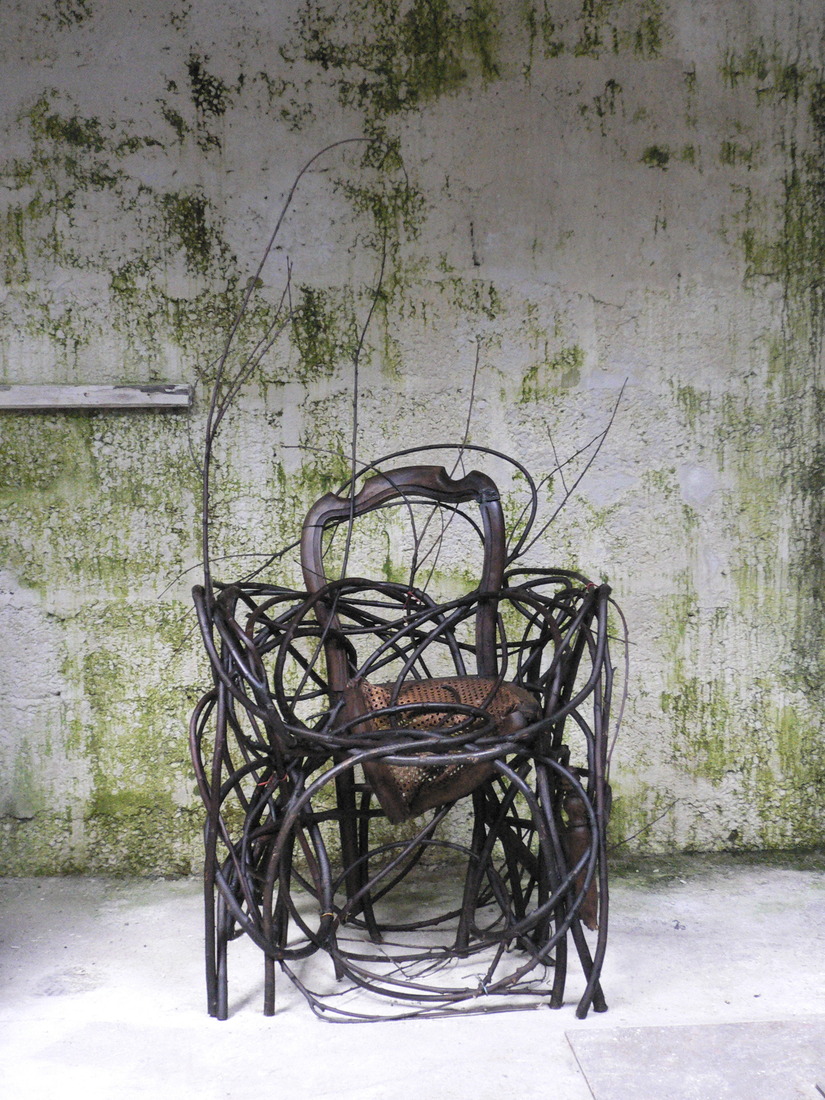
What motivated you to challenge the traditional notions of static design by incorporating movement into your furniture creations?
It was through observing nature and meditation that I perceived the essence of movement within seemingly static elements. With its serene appearance, nature reveals subtle motions from the forest floor to the treetops. Additionally, during a ten-day silent meditation retreat, where I meditated for ten hours daily without physical movement, I experienced a profound connection between stillness and motion. This immersive experience allowed me to sense the universe’s flow within myself. Upon returning, I translated this insight into the creation of the Bhanga piece and the Insideer work within the Gaïa family.
Your furniture creations are called “families to reflect on.” Could you explain the concept and inspiration behind some of your notable pieces such as Vortex and Gaïa Imprint?
Certainly, I love the idea of family, the one that gathers, distinguishing pieces that aim to be narrative through different concepts. That’s why I categorize them to isolate one idea from another and nurture the idea through the declination of objects. These families are like planets, worlds in interior decoration.
For the “Vortex” family, I would quickly say that the inspiration comes from the journey between the Celestial Vortex and the Terrestrial Vortex, which are somewhat sacred lodges where the human spirit replenishes itself.
The game here is to exert on the mind its movement through the attraction of shapes at the center of the piece. As if they became movements, resembling flames, they move us until we lose ourselves in our deep emotions. A sentimental journey, created by the vortices, eventually leaves us elsewhere on the piece, which has become a sideboard to store our emotional memories of the journey.
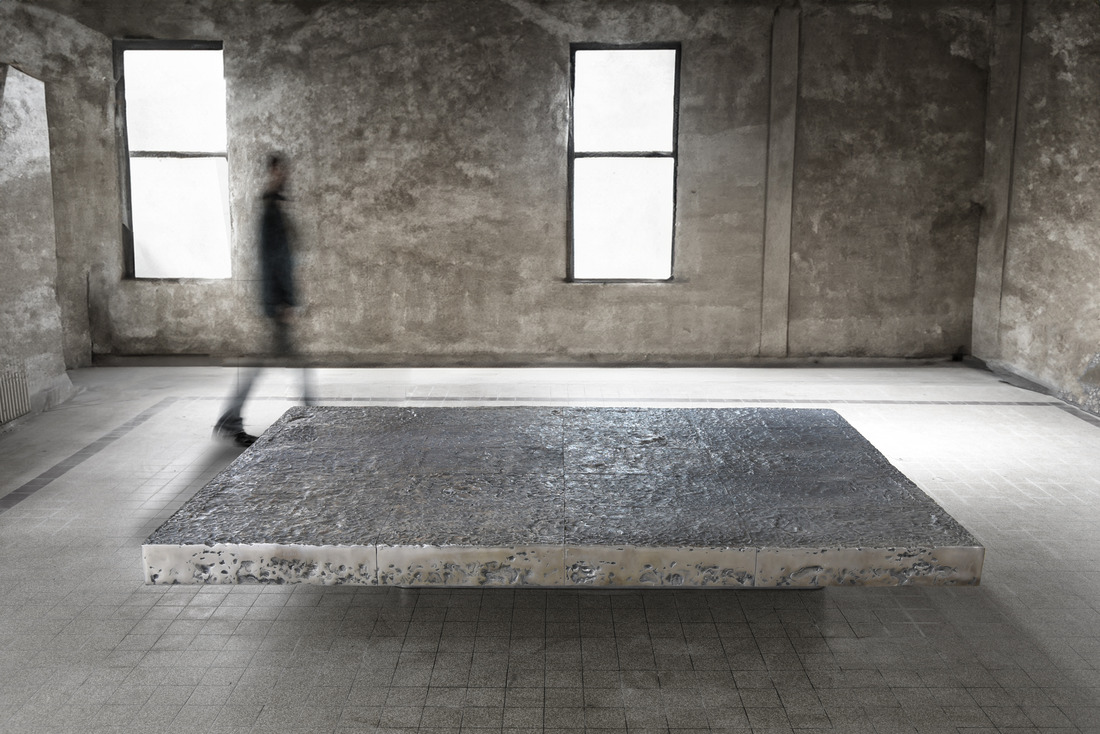
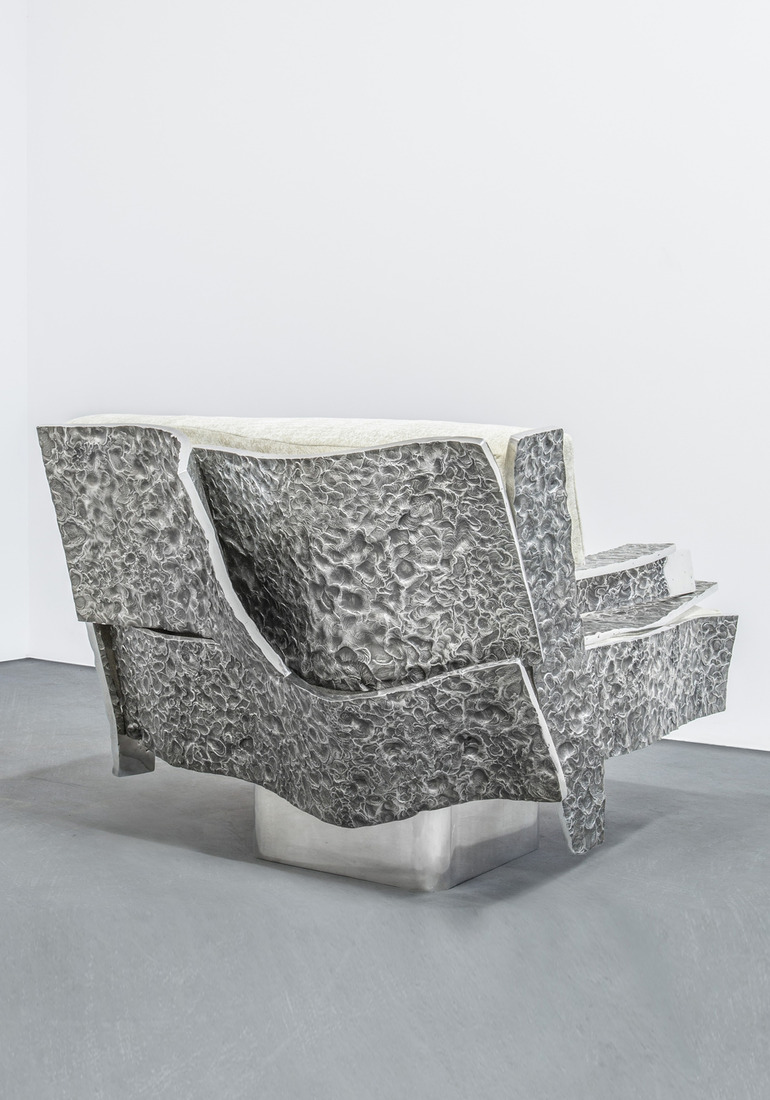
Napoleon on a Scooter beautifully combines a desk with bronze branches. Could you share the story or inspiration behind this piece?
Napoleon on a Scooter depicts a whimsical narrative, where nature takes on the guise of a war chief, strategically positioned behind a desk. The essence of the piece lies in its suggestion that we often find ourselves revisiting or reconsidering what we have left behind or discarded in pursuit of novelty.
Wind Over the Table defies gravity with its swirling bronze and branches. What message or emotion do you intend to convey through this design?
I envision a narrative of nature wielding supreme authority, inviting us to co-create and spiral into myriad possibilities until we become naught but memories.
Commode in New Zealand and Floor in New Zealand both showcase unconventional furniture uses. What inspired you to create these pieces?
I contemplate notions of what precedes or succeeds, what exists, and what has the potential to become something else. Thus, I immerse myself in countless questions, ultimately finding joy in reversing them. At this moment, the solution or answer becomes as straightforward as the original question or problem. This approach embodies a concept—a method of understanding, of unlearning to relearn. Additionally, I draw inspiration from Antoine Lavoisier’s apocryphal quote on the conservation of mass during changes in the state of matter: “Nothing is lost, nothing is created, everything is transformed.”
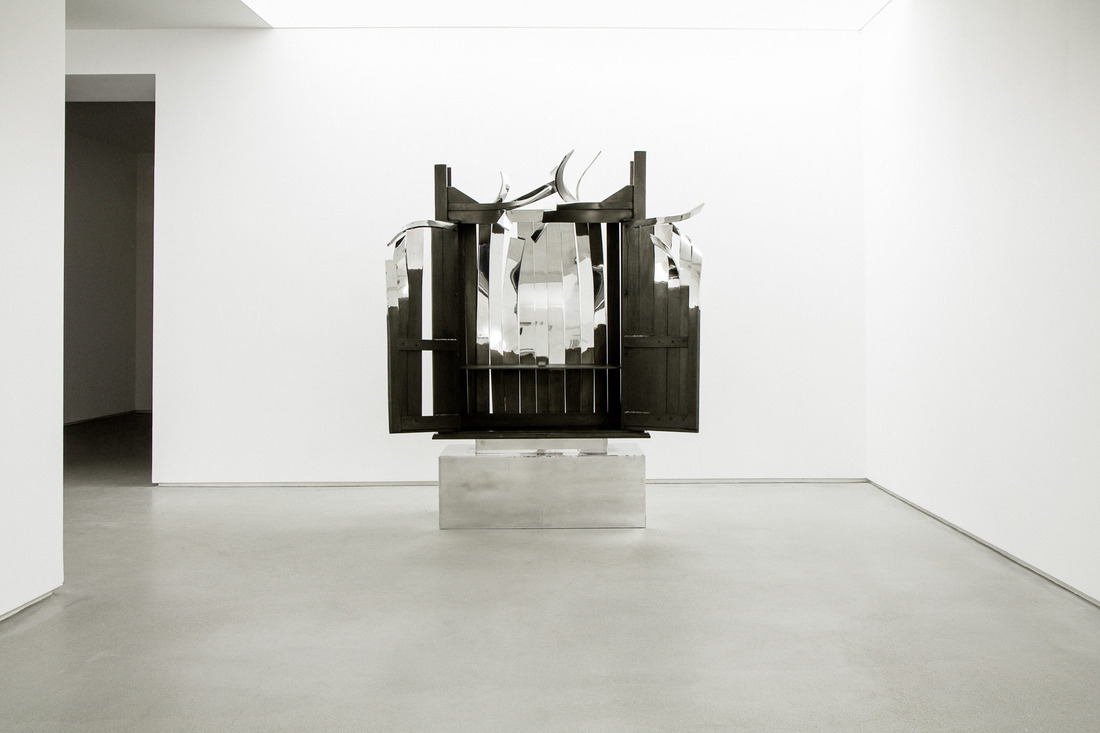
How do you envision your furniture pieces evoking emotional or intellection responses from viewers?
I don’t harbor any specific hopes regarding this matter. It’s about sharing without expecting anything in return, although I aim to evoke some form of psychoanalytic reflection, a perspective, a visual transmission that doesn’t merely convey practicality but rather an experiential journey, a transfer of sensations. The most challenging aspect for me lies in selecting what I wish to expose to scrutiny and critique. In all of this, I find no better approach than to detach myself from what I’ve accomplished and be willing to start anew.
Do any upcoming projects or concepts excite you in your artistic journey?
Currently, I’m engaged in small-scale architectural endeavors that beautifully complement my furniture design. These projects entail crafting monumental sculptural shelters reminiscent of Noah’s Ark or Robinson Crusoe’s raft. They possess a captivating aesthetic, resembling landslides intertwined with expansive leafy branches that protect against heavy rain. I diligently explore materials that align seamlessly with my shelter concept, leaning towards options like vegetal composites or recycled materials.
Ultimately, how do you foresee your work evolving, and what impact do you aspire to have on the world of art and design?
Union and transmission are central to my ambitions for future endeavors. Art serves as a conduit for bringing together diverse perspectives, amalgamating thoughts, and harnessing the forces of human freedoms.
Photo credit: © Vincent Dubourg studio
Editor: Kristen Evangelista
More Images
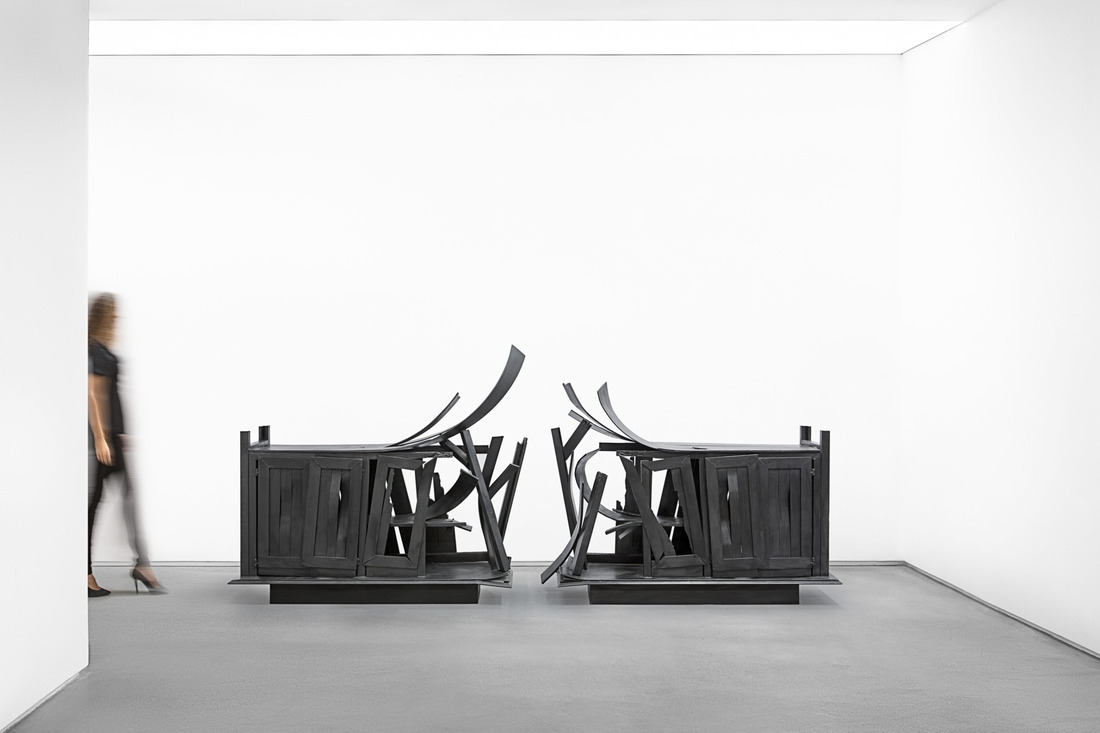
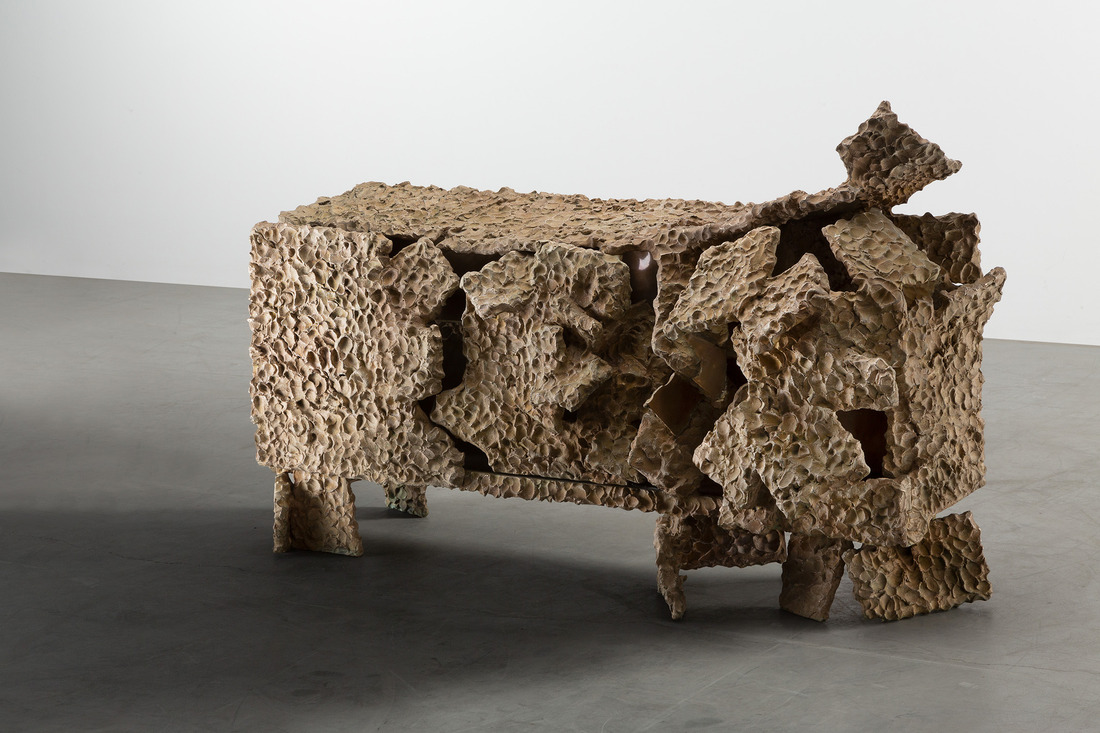
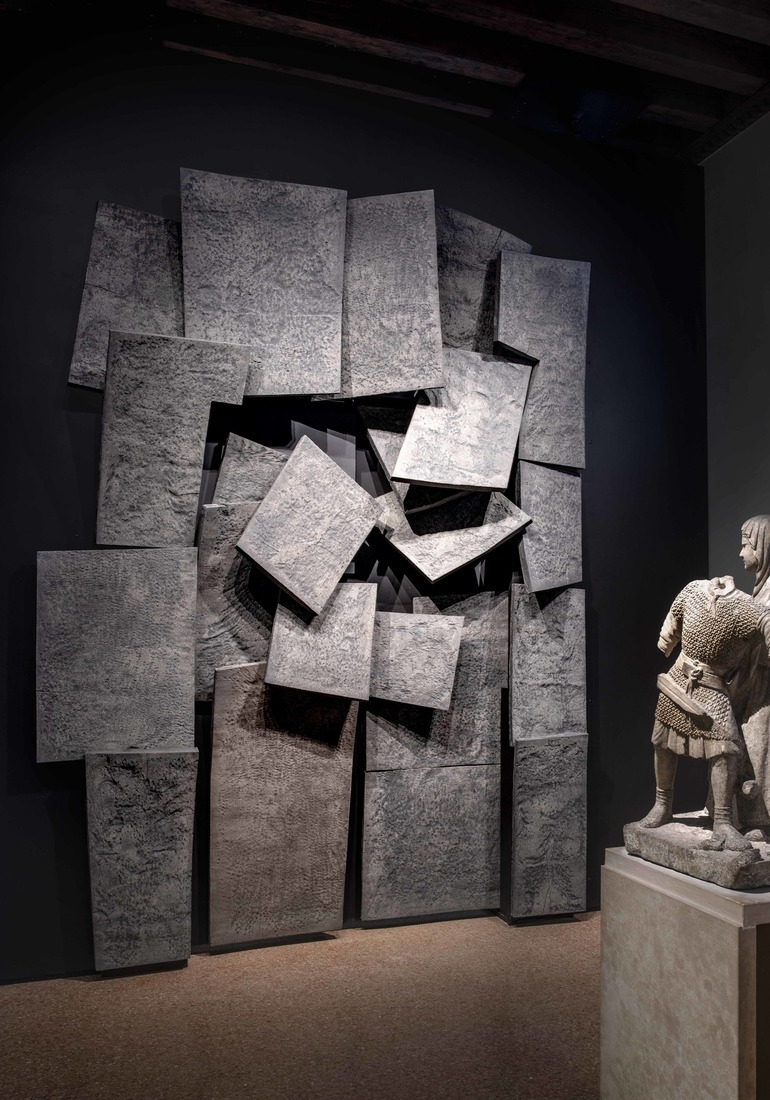
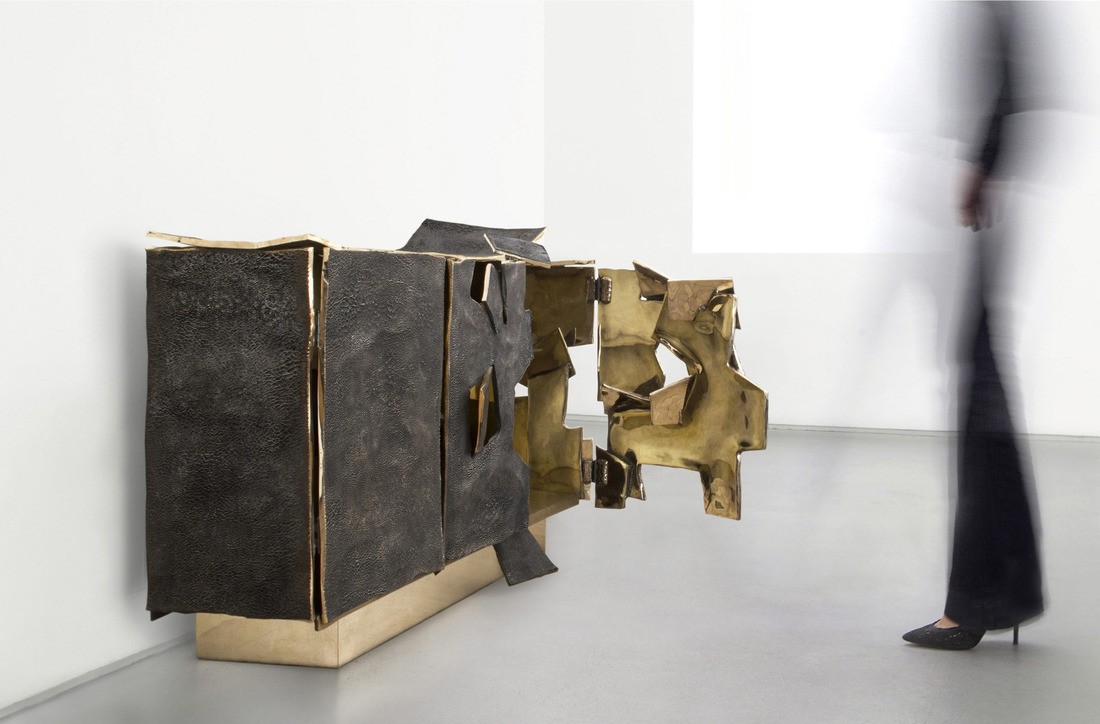
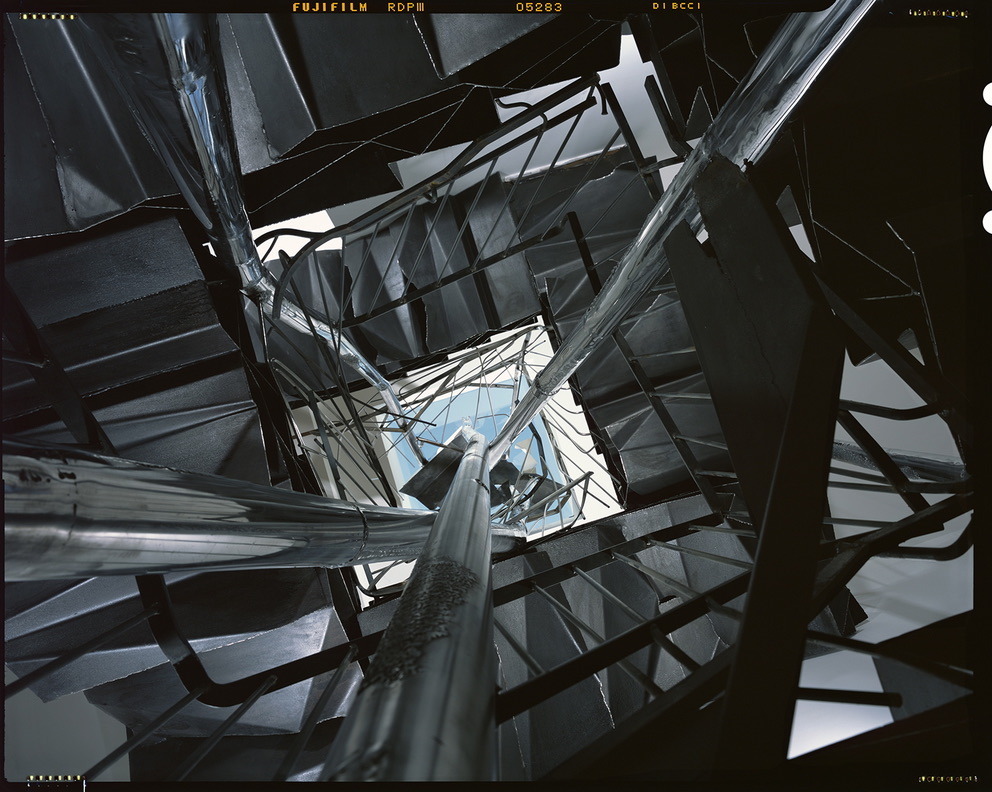
Copyright – Rosie Berwick
